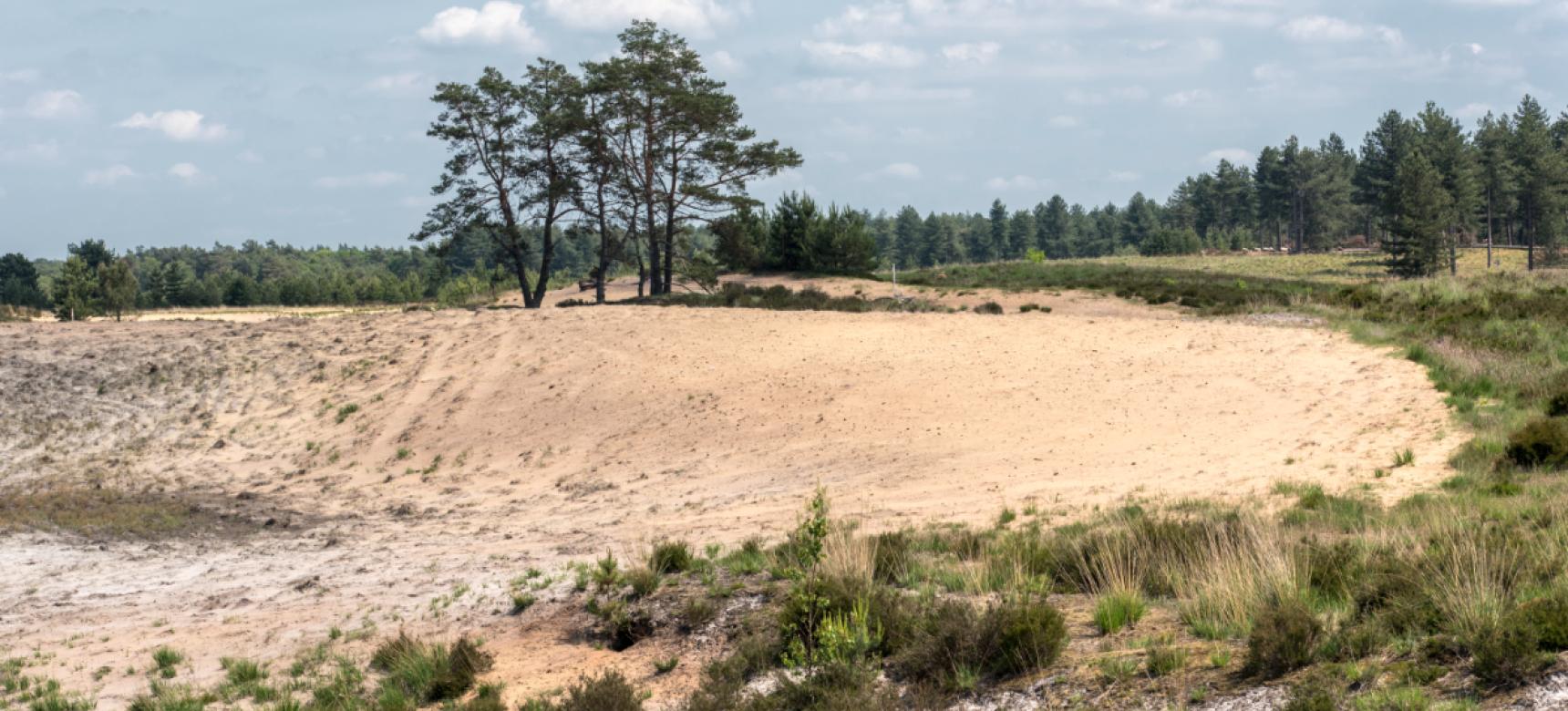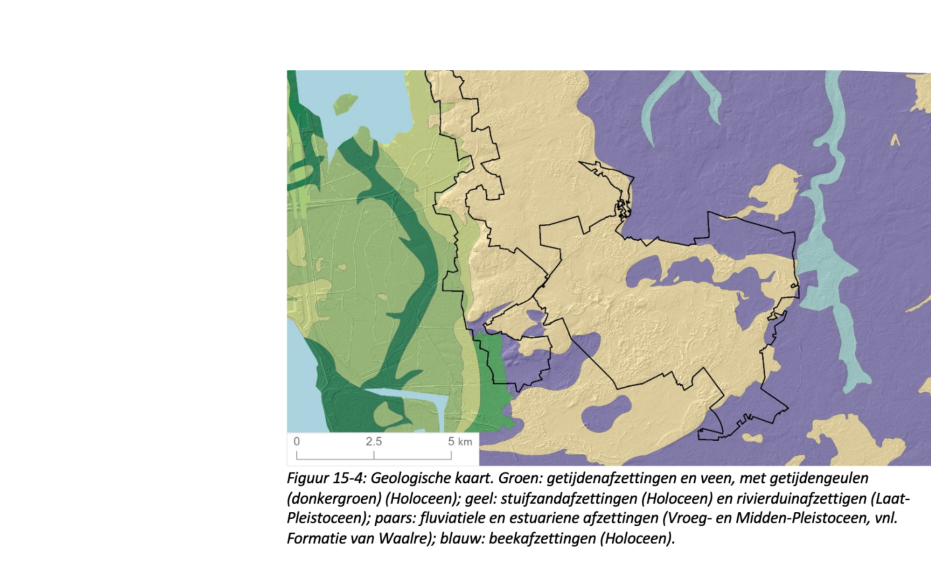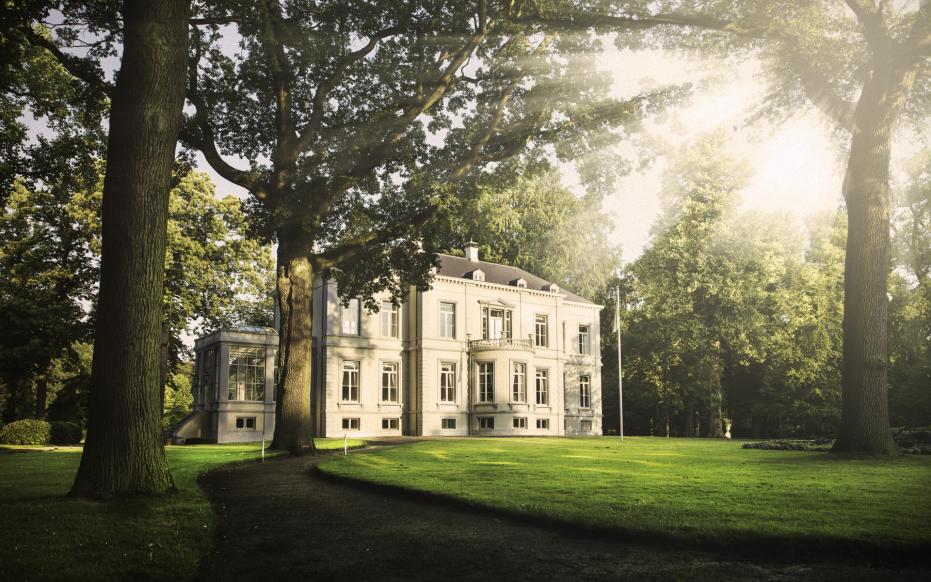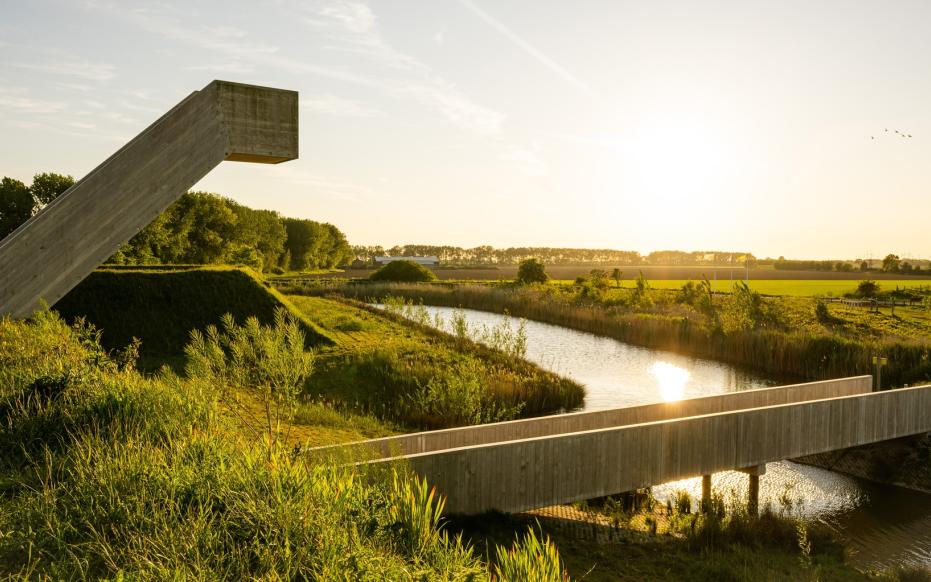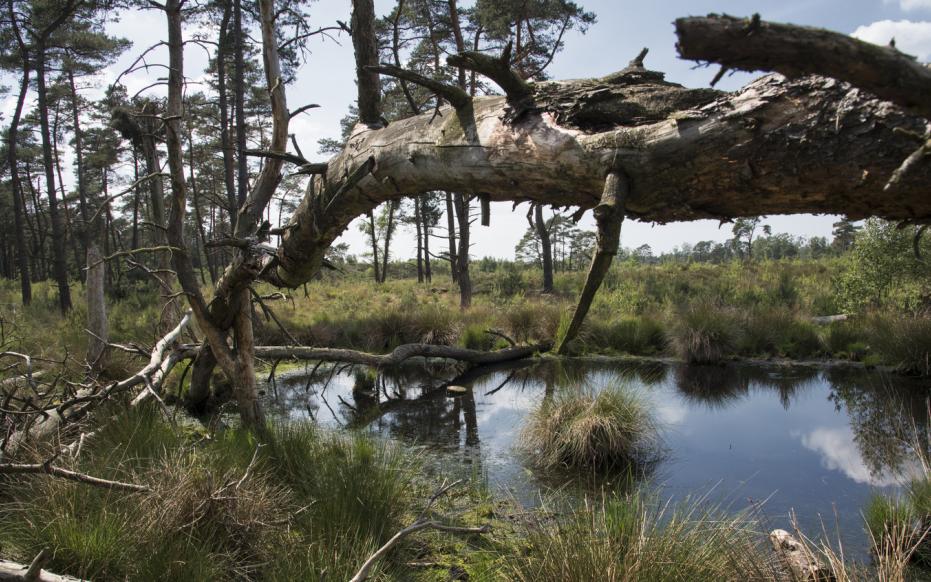Formation of the Wal
After the deposition of the Waalre Formation, the courses of Rhine and Meuse shifted and thus disappeared from the area. From about 1 million years ago, West Brabant gradually rose and the deposits from the Scheldt Basin were eroded again. The solid clay layer at the top of the Waalre Formation resisted this erosion and caused the formation of the steep-sided edge. Almost no traces remain of the long period of 1.5 million years between the deposition of the Waalre Formation and the last ice age. Only a thin layer of gravel on top of the clay separates the Early Pleistocene Formation of Waalre from the Late Pleistocene cover sand. The "Scheldt gravel" remained after the finer parts of these deposits were washed away by streams or swept away by the wind.
